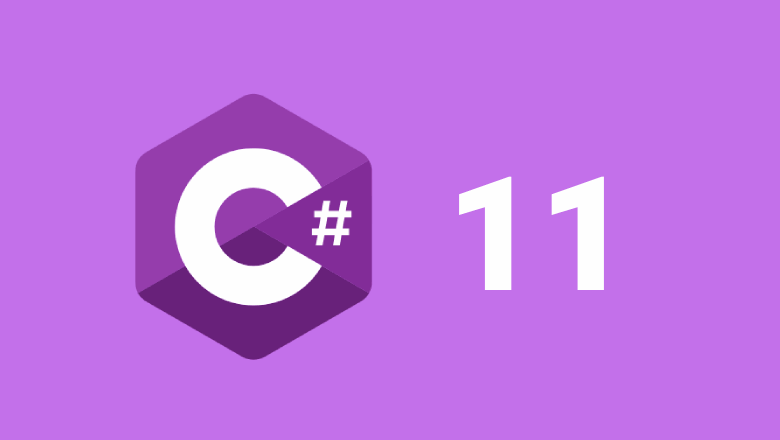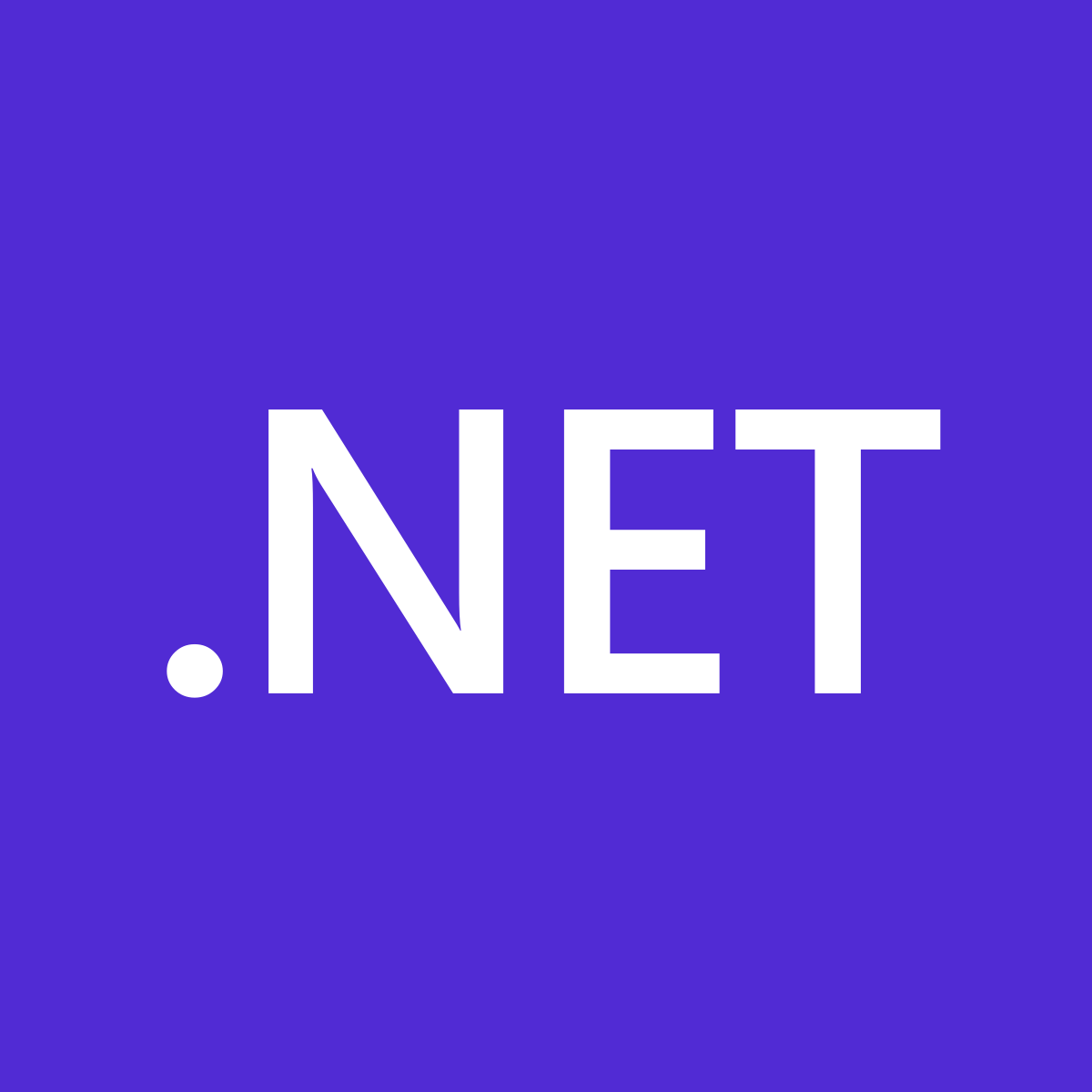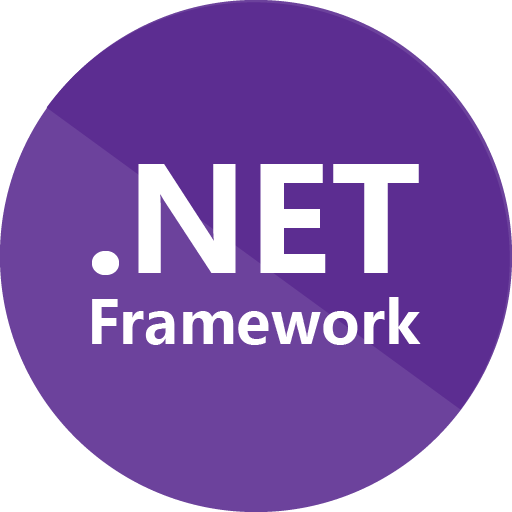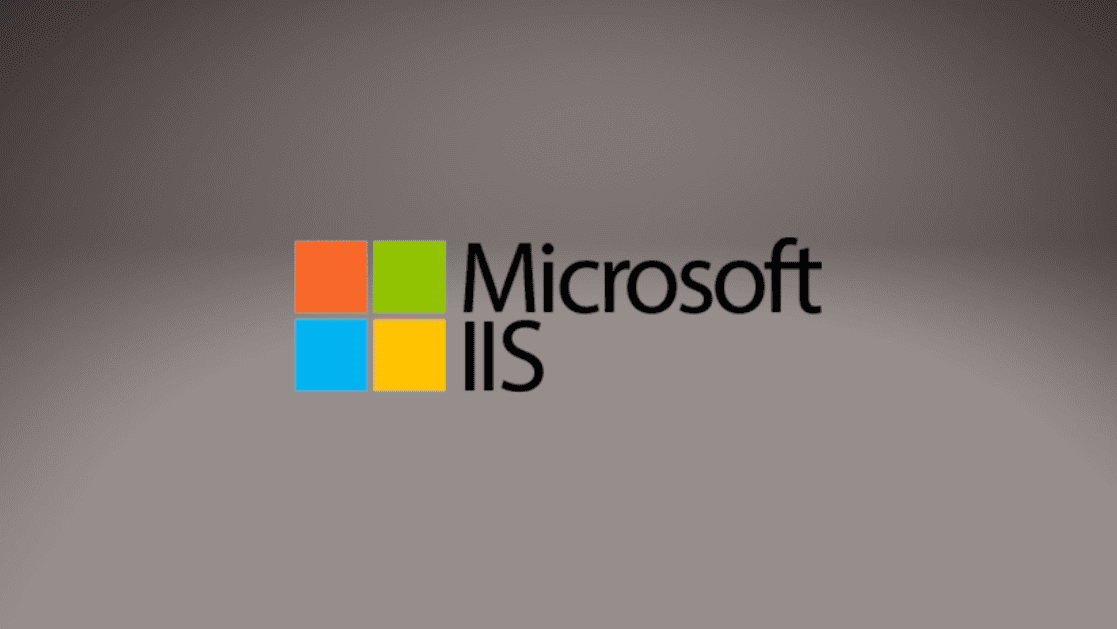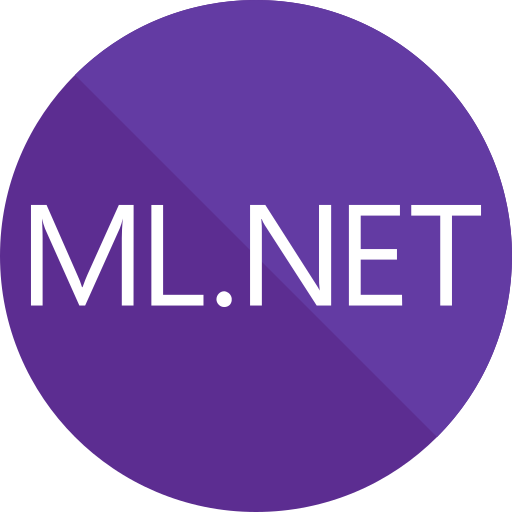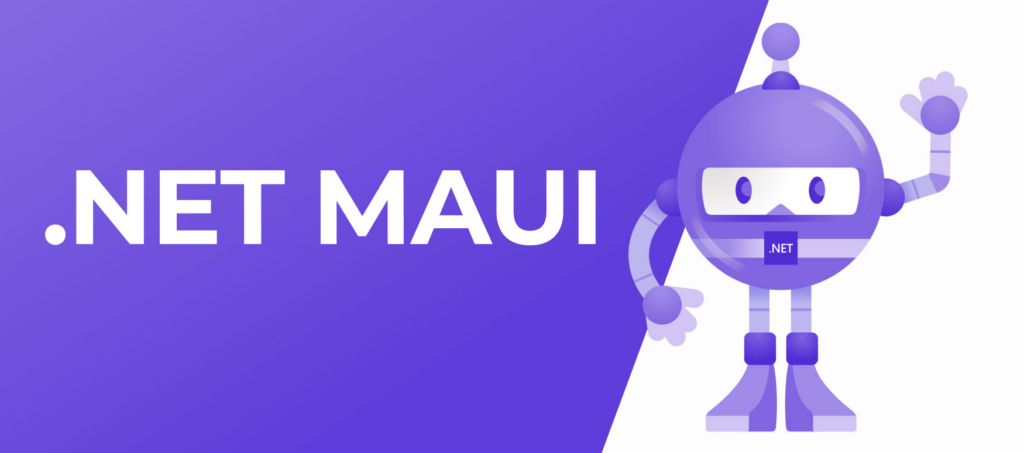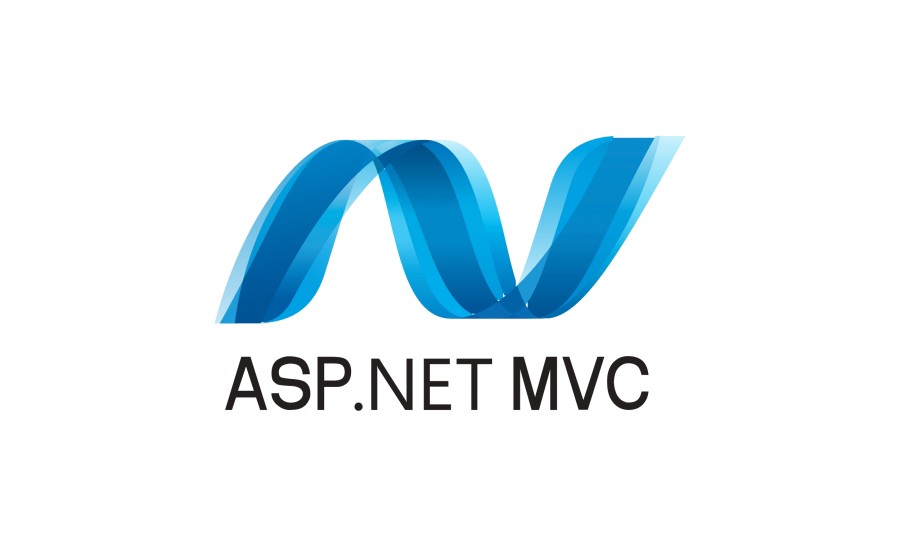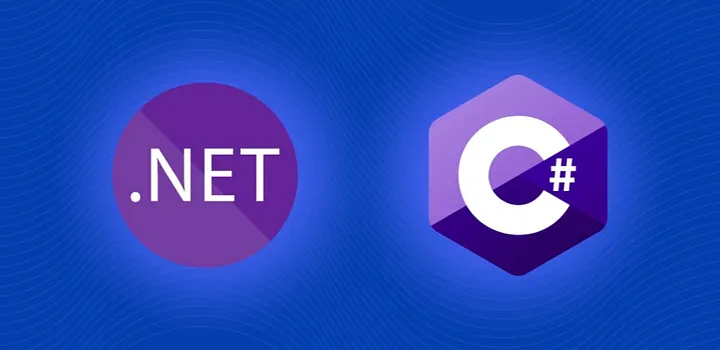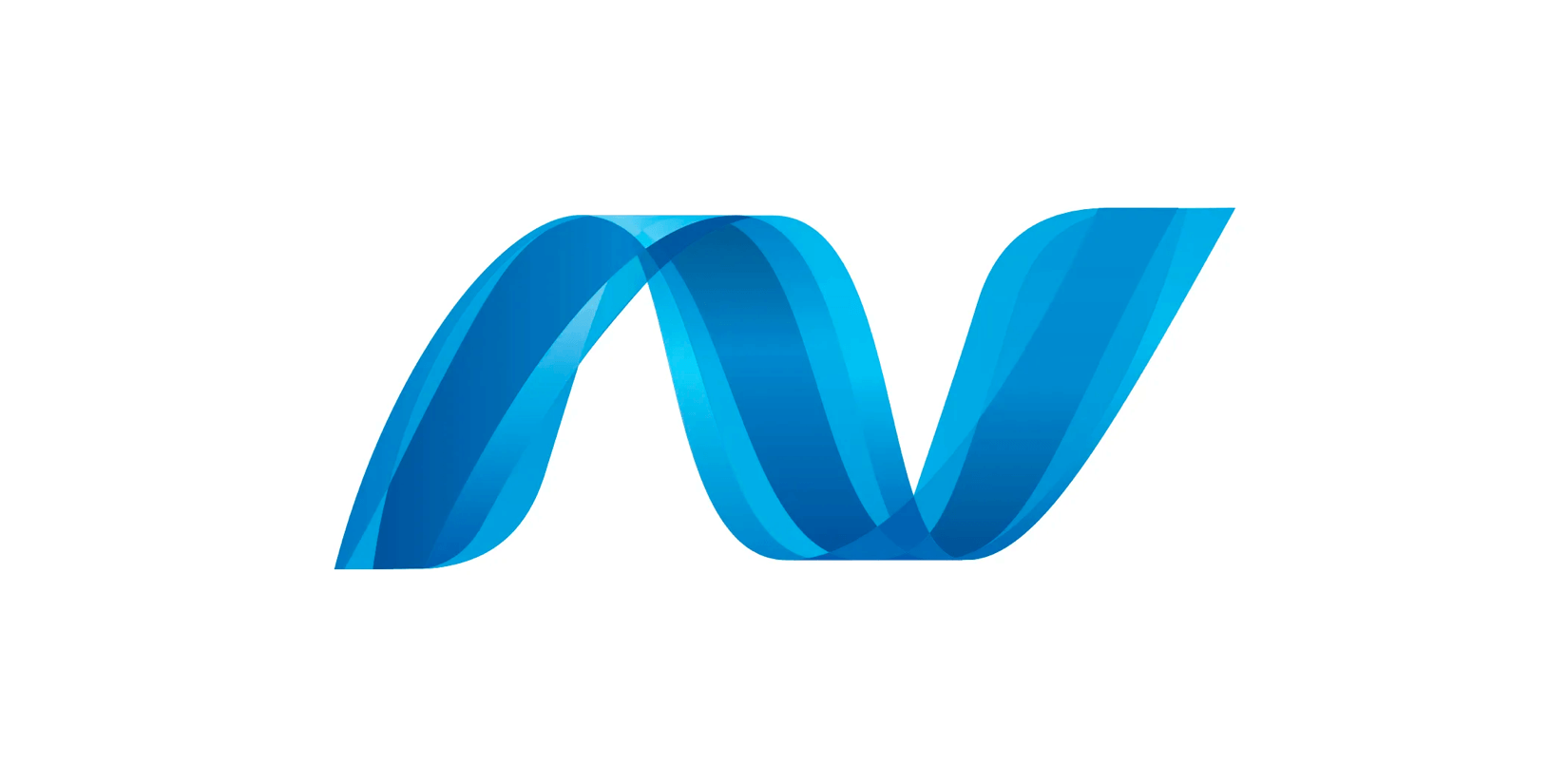Since Microsoft released the second and final release candidates for the framework and its related NET MAUI, ASP.NET Core, and EF8 versions,.NET 8 and all of its components are now one month away from become generally available.
They will be released between November 14 and 16 in conjunction with the business’s .NET Conf 2023 conference.
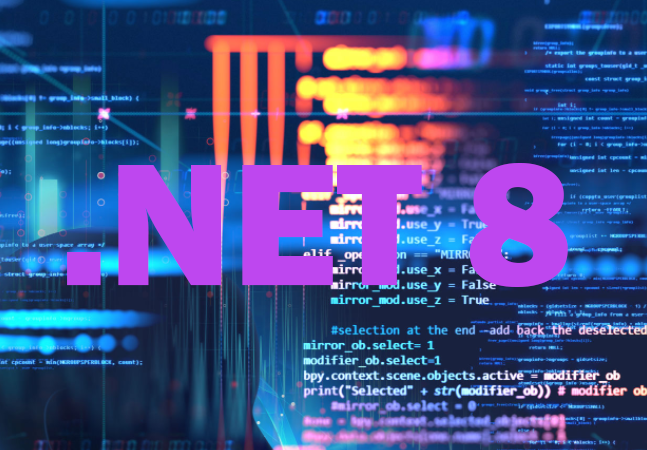
The dev team concentrated mostly on bringing things into final form for GA by polishing functionality and correcting bugs rather than introducing significant new features, thus the code is essentially set at this point.
The RC2s for Microsoft’s developer tools solutions are defined in the following manner.
.NET MAUI
Microsoft refers to this framework as the “Xamarin.Forms” progression since it allows developers to construct desktop apps in addition to typical iOS and Android mobile targets. It has had development issues, and Microsoft-centric developers are keeping a careful eye on it in light of the recent announcement that Microsoft was cancelling Visual Studio for Mac, which has its own major development issues.
Microsoft said “Today, we take one step closer to .NET 8 general availability (GA) by shipping .NET MAUI in .NET 8 release candidate 2 (RC2),”. “As with RC1, this release is covered by a go-live license so you can receive support when using it in your production applications. In this release we have focused on issues that regressed throughout the previews, and regaining some performance that was lost as we improved the reliability of hot reload, visual state manager, bindings, and app themes.”
- .NET MAUI has a go-live license and no breaking API changes from .NET 7.
- The team addressed a number of bugs with UI components and controls in order to increase uniformity and visual correctness across platforms.
- For a uniform user experience across platforms, platform-specific updates addressing drag-and-drop functionality, tab bar look, and certain platform behaviors were implemented.
- Several optimizations were made to boost performance of of ActivityExtensions.GetWindowFrame on Android, and “Setter Specificity.”
- Microsoft released.NET 7 service release 8 (version 7.0.96) with high-priority updates.
- With Visual Studio 17.8 Preview 3 or the most recent stable version of Visual Studio for Mac, Xamarin developers may use Xcode 15 and Android API 34.
The.NET MAUI release notes include further information.
.NET 8
“.NET 8 RC2 is now available,” Microsoft said on October 10. “This is the final release candidate. New NuGet package READMEs for.NET packages, easy CLI-based project assessment for MSBuild, publishing containers to tar.gz files, and Tensor Primitives for.NET are included in this version.
The following are some of the announcement post’s highlights:
- NuGet package READMEs for.NET packages are provided to offer users with critical information and to assist them in rapidly understanding what a library is and what it does. This is part of the dev team’s ongoing efforts to improve the uptake and quality of NuGet package READMEs.
- MSBuild now has a new, easy CLI-based project assessment feature that makes it simpler to incorporate MSBuild data into scripts or tools by utilizing the –getProperty, –getItem, and –getTargetResult parameters to assist project analysis.
- The SDK Container Publish tools now includes the ability to immediately construct a container as a tar.gz archive, which can be beneficial for processes that involve scanning or transferring the image before sending it, hence broadening potential deployment possibilities.
- Tensor Primitives for.NET are now available, boosting support for machine learning and data science activities. Tensor Primitives is a new collection of APIs that add support for tensor operations, which are critical in AI and machine learning applications. It includes vectorized versions of operations such as cosine similarity, dot product, matrix multiplication, and others.
The.NET 8 RC2 release notes also provide information on important fixes and much more.
ASP.NET Core
According to the announcement article regarding ASP.NET Core enhancements in.NET 8 RC 2, much of the dev team’s efforts in this cycle were spent to Blazor, Microsoft’s scheme for doing web development largely using C# rather than the traditional mainstay, JavaScript. The post said 11 things for Blazor, when every other component has just one item, with the exception of Servers & Middleware, which has two. Microsoft included an essential new notion for Blazor in .NET 8, the ability to deliver a full-stack Web UI.
The following are some of the announcement post’s highlights:
- New features in HTTP logging middleware include duration logging, merged logs, and configurable interceptors.
- Version 7x of the IdentityModel library has been released, which increases efficiency, consistency, and Native AOT compatibility.
- Blazor now supports types with IFormFile attributes and form binding for simple APIs.
- The SignalR TypeScript client now supports stateful reconnect, reducing downtime for clients experiencing brief network difficulties.
- The Blazor Web App template now has additional options for enabling interactive render mode globally or per page, as well as using the Blazor identity UI.
- The Blazor WebAssembly Standalone App template has been renamed and changed to allow static site hosting in the absence of an ASP.NET Core server.
- Blazor’s form model binding now respects data contract characteristics for customizing how form data is tied to the model.
- HttpContext may now be accessed from a static server component as a cascade parameter.
- In a Blazor Web App, the PersistentComponentState service can now be used to save and access component state.
- Using the [Inject] Attribute now enables injecting keyed services using the InjectAttribute.Key property.
Wrapping Up
The introduction of.NET 8 RC2 marks an important step toward the eventual release of.NET 8 in November 2023. This release contains updated NuGet package READMEs, easy CLI-based project assessment for MSBuild, publishing containers to tar.gz files, and Tensor Primitives for.NET.
Overall, .NET 8 RC2 is a strong release with a slew of important additions and enhancements. I strongly advise all .NET developers to download and test this release candidate.

